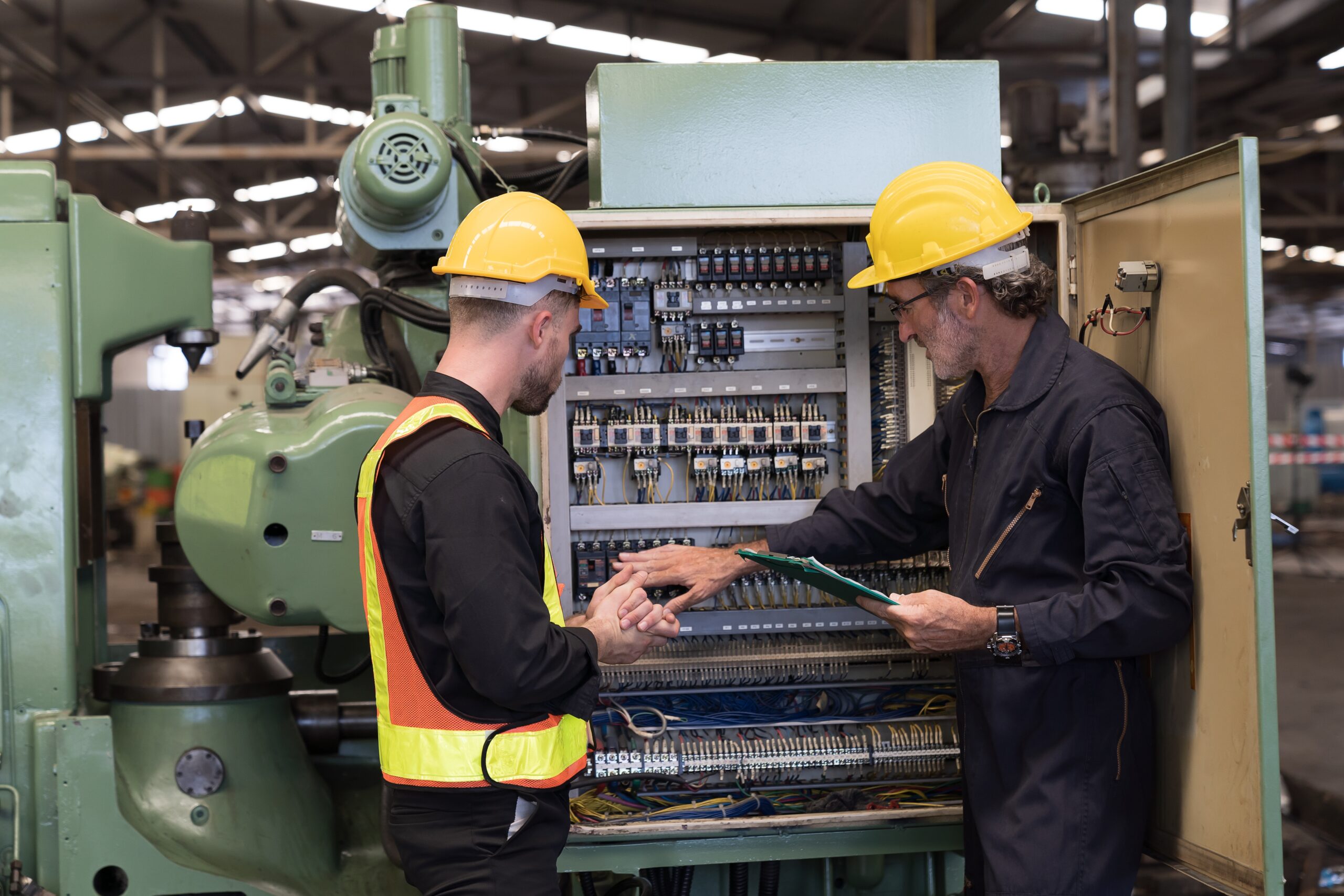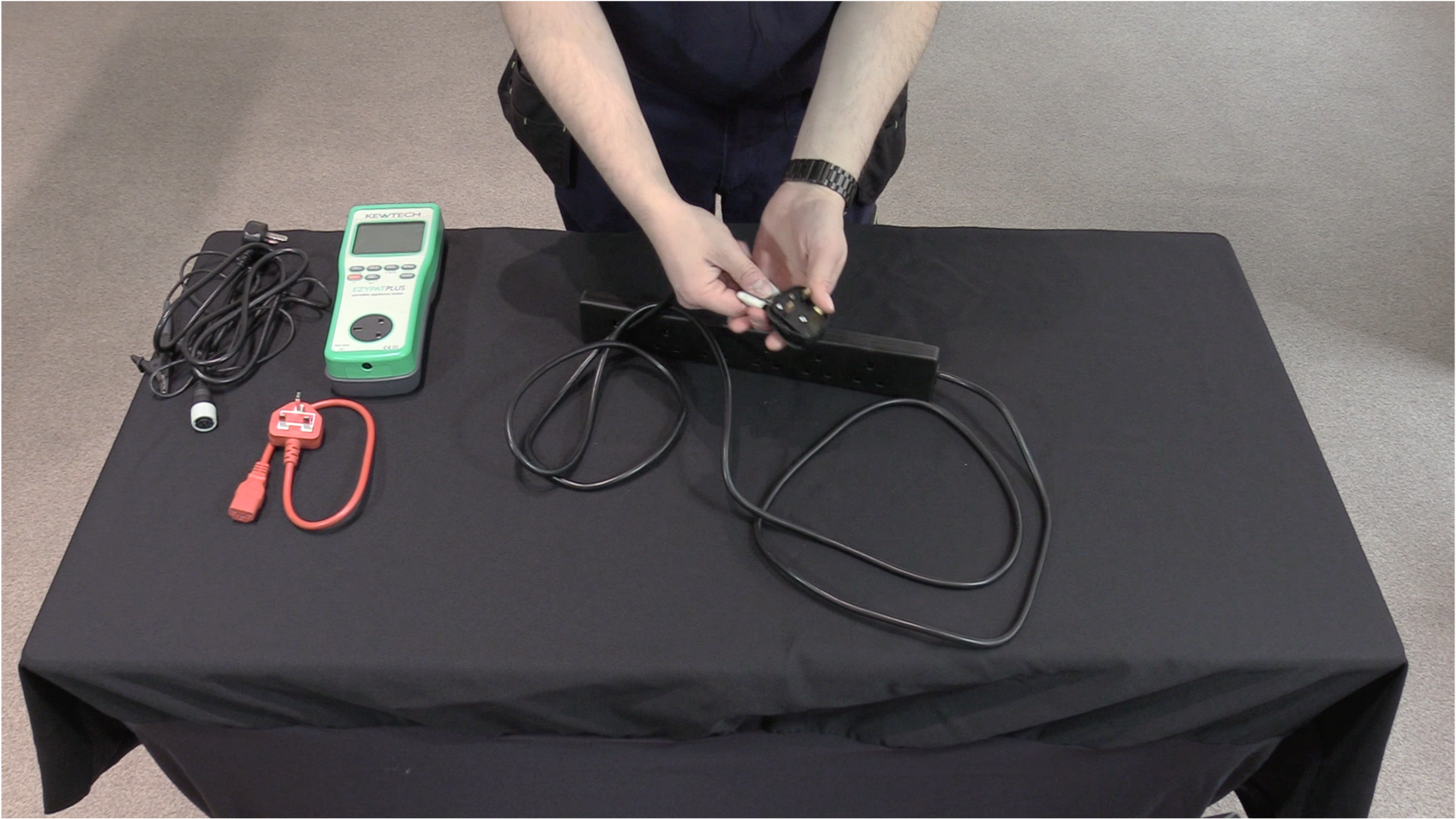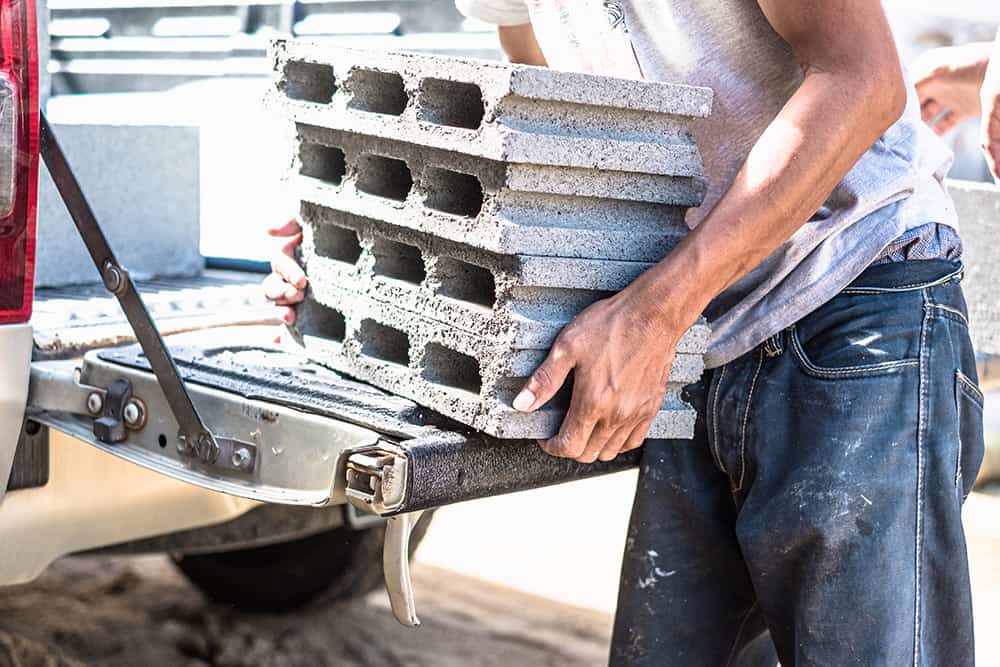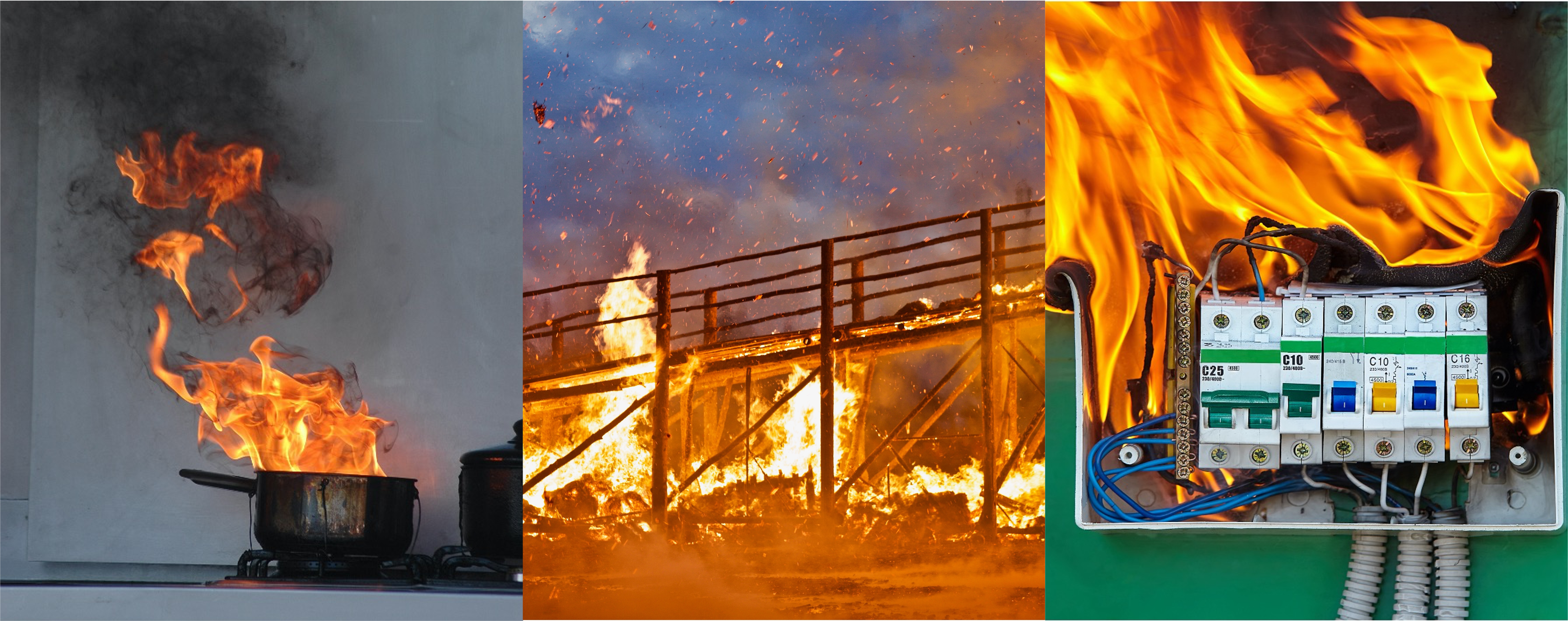
Employers must provide immediate care to workers regardless of injury or illness type, which means adequate and appropriate first aid arrangements must be in place.
And the term ‘adequate and appropriate’ comes straight from the legislation. But what’s missing is an explanation of what that looks like for your workplace.
You must do your first aid needs assessment to figure it out.
If you’re concerned about compliance or a recent near miss has got you doubting your first aid provisions, this guide walks you through assessing your workplace’s needs. You can ensure adequate arrangements and that the right resources are on hand should an emergency happen.
Workplace First Aid
Do you really need first aid provision? Yes! Even if you operate a small and very low-risk business, you still have a legal duty regarding first aid. Even the seemingly safest workplaces need first aid arrangements under the Health and Safety (First Aid) Regulations 1981. You must be able to provide immediate aid to employees in an emergency. This care should save lives and prevent minor injuries from becoming major ones.
The terms ‘adequate and appropriate’ also appear in these regulations. This phrase means you’re prepared to fulfil your essential duties (save lives and prevent significant injuries).
Obviously, workplaces are different, so ‘adequate and appropriate’ must be decided through a needs assessment (sometimes called a first aid needs analysis or first aid risk assessment).
Your first aid needs assessment helps you determine what you need to comply with regulations and keep employees safe.
Minimum Requirements
You won’t know exactly what you need to make your workplace safe until you’ve completed your needs assessment. But health and safety regulations give you a basic level to start from.
At a minimum, every workplace needs:
- A well-stocked and sign-posted first aid kit
- An appointed person in charge of stocking that kit and contacting emergency services if needed
These are just the starting points. Your specific needs might differ, and that’s where your first aid needs assessment comes in.
How to Complete Your First Aid Needs Assessment
A first aid needs assessment is similar to a conventional risk assessment. You look at the hazards in your workplace and figure out who might be hurt and how. Then, you decide what arrangements are needed to guarantee adequate emergency first aid.
The Health and Safety Executive (HSE) offers guidance on following first aid needs assessment legislation, but in short, you must consider:
- Type of work and hazards
- Who is on-site
- Your premises
- Potential gaps in provision – e.g. first-aider absences
- Accident history and recording
Type of Work and Hazards
What does a typical day at your workplace look like? The routine tasks largely dictate the potential hazards and the level of first aid you’ll need.
You probably have most of the necessary information in your general risk assessment. It should list hazards, who’s at risk and how serious harm might be. You then know what to prepare for. Hazards with a greater likelihood of occurring and/or more severe consequences require higher levels of first aid provision.
For instance, if your team regularly works at height, like on a construction site, you’ll need first aiders trained for potential head injuries or fractures. It’s all about matching your first aid arrangements to the risks your employees face.
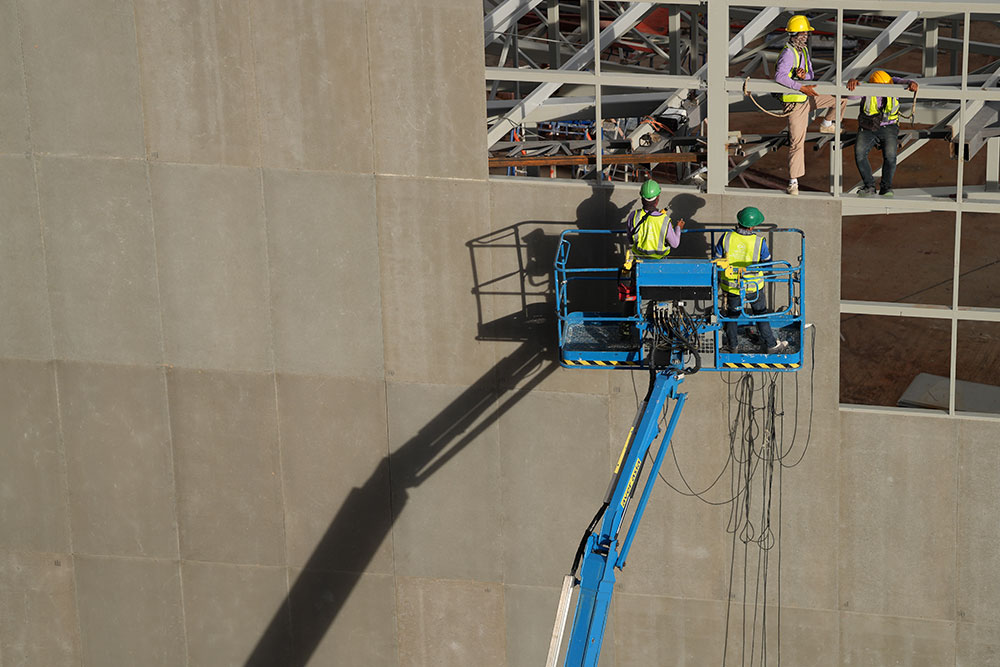
Who is on Site
It’s important to consider who may require first aid when considering what level of provision you need. Things to think about are:
Number of workers: Generally, more workers mean more first aid arrangements are needed. There’s also guidance on how employee numbers dictate how many trained first-aiders you need, which you can read about here.
Type of work: You need to consider staffing levels in the context of the work undertaken. A small workforce engaged in high-risk work requires more extensive first aid provisions than a larger one in a low-risk environment.
Type of workers: Consider the makeup of your workforce and any additional needs they may have. Because even if you have relatively few employees, there may still be a need for wide-ranging first aid arrangements.
Some staff members might have existing conditions (asthma, allergies, diabetes, etc.) that make a particular type of incident more probable. One suggestion straight from the HSE is to look at the average age of your employees. Older workers are more vulnerable to heart conditions, so you need first aid provisions that reflect this fact.

Work schedules: Review who’s going to be on-site and when. You must accommodate work patterns and shift arrangements in your first aid plans. It’s not enough to train a single first aider if they won’t be there when an accident happens on the night shift.
You need first aid equipment, trained personnel and facilities available during all staff work hours.
You must apply this same foresight to annual leave or other predictable absences. If first aiders (or appointed persons) are off, someone else must be able to fill that role.
Remote, Travelling and Lone Workers: Your first aid obligations extend to offsite workers. You might need to issue personal first aid kits to staff who travel regularly for work. Providing staff with mobile phones or other devices to contact emergency services when remote working is also recommended.
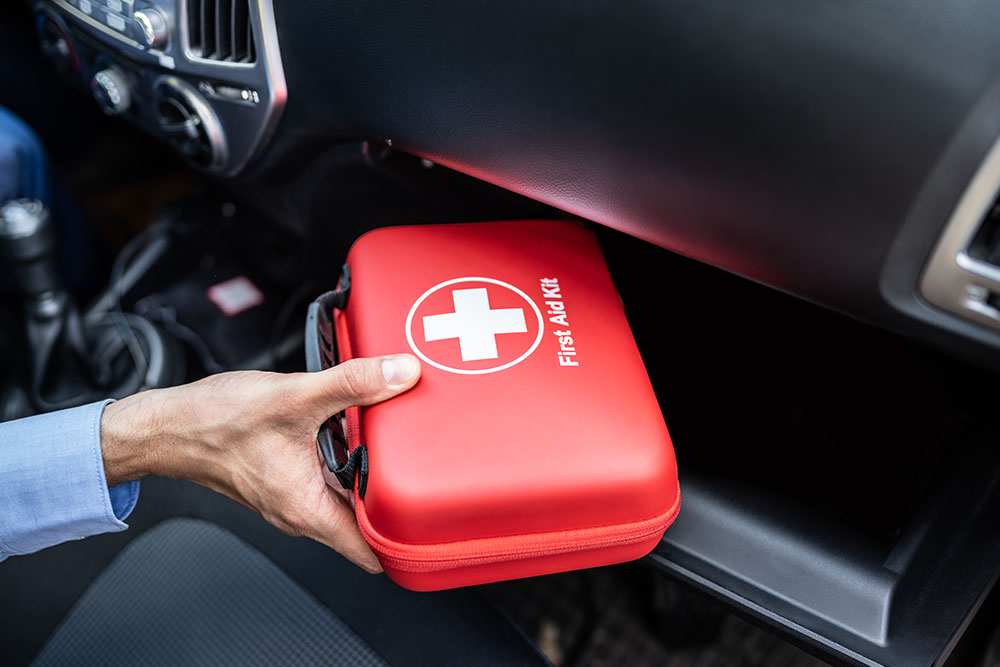
Your Premises
Factors to consider here are:
Size and layout: Think about the size and layout of your workplace. First aid must be readily available, so sprawling sites need more equipment and personnel spread throughout. For example, most school first aid needs assessments would determine multiple trained first aiders and kits to be necessary despite the low-risk activities.
As with employee numbers, smaller doesn’t always mean safer, however. Higher-risk work in a smaller building might need a similar level of first aid to a larger, low-risk site. Self-contained work areas may also need dedicated first aid arrangements because of access issues.
Access and egress: Isolated or difficult-to-reach workplaces must also consider how quickly or easily paramedics can attend an emergency. If emergency access is complicated, inform your nearest hospital of your location and any challenges they may face getting there.
Emergency rescue plans must be in place for high-risk activities, such as work at height or confined spaces.
Accident History and Recording
Your accident history is indispensable when completing your first aid needs assessment. It should already show any injury or illness trends to prepare for. It can also reveal accident hotspots, letting you know the areas where first aid equipment or personnel need to be.
You should also record ongoing incidents detailing the injury, treatment, outcome and personal information of the first aider and harmed worker. This level of record-keeping isn’t legally required for every incident, but HSE strongly advises it. You can consider it a running accident history, helping to reveal injury patterns or high-risk areas to tweak your first aid arrangements.
Certain injuries must be recorded, however. Under the Reporting of Injuries, Diseases and Dangerous Occurrences Regulations 2013 (RIDDOR), you are obliged to report:
- a work-related death
- a work-related ‘reportable’ injury
HSE lists what injuries are ‘reportable’, but it’s generally any severe harm, such as a fracture, loss of consciousness or head injury.
Where to Find First Aid Training
Your first aid needs assessment will show how many trained first aiders are sufficient for your workplace. It will also confirm what level of training they need. Basic first aid knowledge is usually enough for low-risk environments to comply with regulations and let staff offer adequate care.
Our First Aid at Work course is entirely online and can be completed in around 15 minutes. It covers first aid essentials relevant for all workplaces, including burns, electric shocks and CPR. While not a full first aid qualification, it prepares trainees for critical situations, helping them deliver immediate aid that improves outcomes and saves lives.
About the author(s)



































































